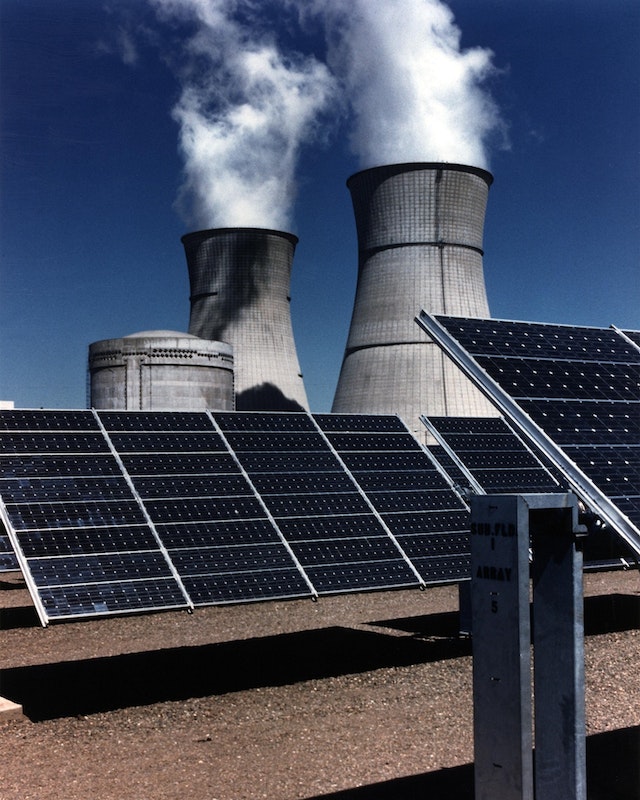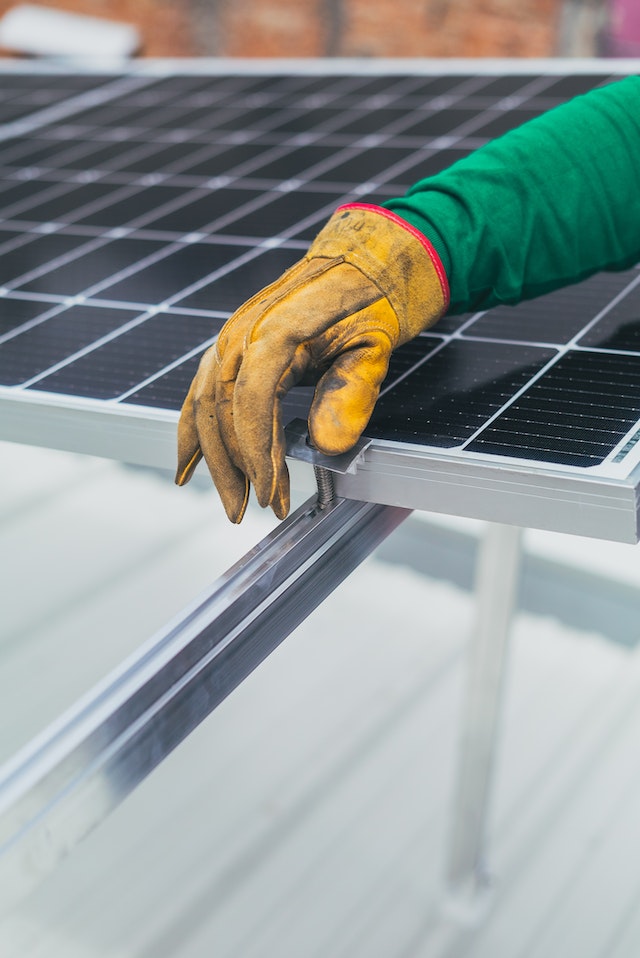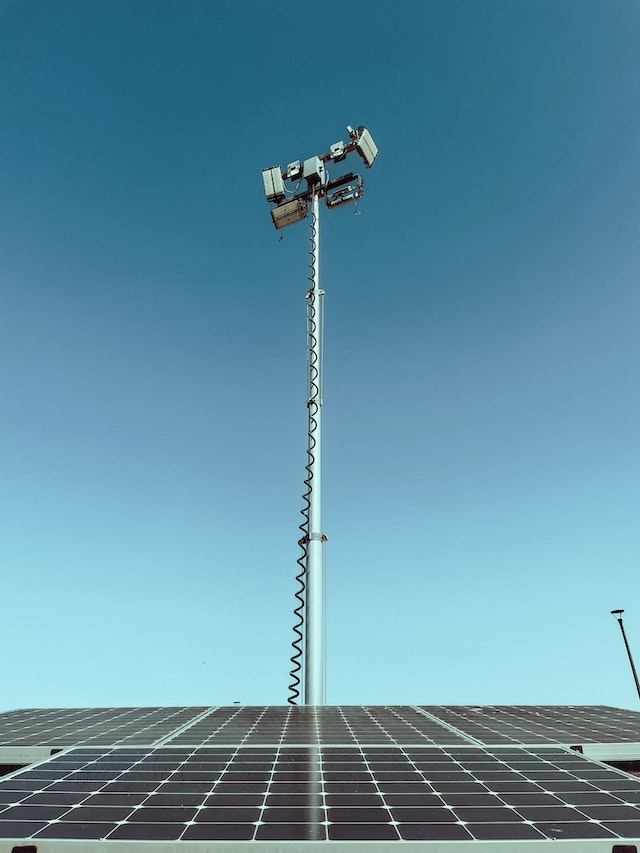How Are Passive and Active Solar Energy Systems Different
Let’s find them out…

“Solar energy can light the whole world.” This is a very optimistic sentence, but it’s true. Both passive and active solar energy can turn the sun’s massive power into forms we can use. Using renewable resources like the sun can make our life so much better. It doesn’t have the same lousy impact on the earth as nonrenewable resources like coal and oil. But do you know how are passive and active solar energy systems different?
That is what is going to be discussed here. Before going to that, let’s go through some associated concepts to better understand passive and active solar systems.
What Are Solar Panels?

A solar panel usually looks like a window. It’s a flat surface, built to passively harvest the sun’s heat and create energy through photovoltaics. Also, passive solar panels heat water for the home to provide hot water.
In its most straightforward way, solar panels capture and soak up sunlight and convert it into electricity. The sun creates energy and sends it in the form of photons that solar panels can capture.
Why Is Solar Energy Important?
As we said before, the sun is a renewable force of nature. It doesn’t affect badly on our environment even if we depend on it.
Importantly, solar energy is the cleanest source of energy on earth. The sun can provide just one hour to power the planet for an entire year.
Our only limitation of solar power is our ability to turn it into electricity efficiently and cost-effectively.
What Is the Meaning of Passive and Active Solar Energy?
Active Solar Energy
Active solar energy is a kind of solar energy we capture and store for future use. So, active solar systems convert the sun’s rays into a kind of form that is usable such as electricity or hot water.
You may read: Investor Pitch Video
Next, active solar systems use solar energy to heat a fluid which can be liquid or air. Afterward, transfer the heat directly to a storage system for later use. Active solar systems depend on the basic principles of thermodynamics.
There are three categories of active solar energy:
- Active Solar Space Heating
- Active Solar Water Heating
- Active Solar Pool Heating
Passive Solar Energy
Passive solar energy is the use of the sun’s energy directly for either heating or cooling purposes. One cannot gather or store passive solar energy for future use which is possible in terms of active solar panels.
It’s simple to explain the meaning of passive solar energy in these examples:
- As the glass captures the heat, you already use passive solar energy if you park your car in the sun and it is a cold winter day. It’s quite similar to the greenhouse effect, you know. The heat slowly builds, so when you get inside the car, you find warm air in place of chilly winter air.
- Passive solar energy also makes greenhouses effective at growing plants throughout the year. When the sun rays penetrate the greenhouse window, the items inside the greenhouse absorb and then release the heat, providing a friendly environment for the plants to grow.
How Does Passive Solar Work?
Passive energy uses the natural environment forces, which are the sun’s power to heat your home without using solar panels or electrical systems. Two key passive solar heating systems designs are basically:
- The South-facing Glasses of the House.
- The Thermal Mass Components That Absorb and Reflect Heat.
With the proper orientation of the passive solar system design, you can effectively use the sun’s energy to heat your home naturally.
In addition, you can keep the temperature cooler without the air conditioner by creating places where the amount of solar energy in your home is reduced.
Major Differences between Passive and Active Solar Energy

As we said earlier, solar energy is divided into two categories based on how sunlight is converted and used.
The two types are different in a few ways, which we have listed below.
- Active solar energy uses electric equipment. From the other point of view, passive solar energy is the power from the sun that requires no additional energy.
- Active solar uses unique solar collector boxes to collect sunlight and convert it into heat. In contrast, passive solar uses the home’s design to capture sun rays.
- We can say that passive solar energy is more natural than active solar energy. Active solar energy is a converted form of natural energy.
- Active solar energy is more beneficial because it does not require you to change the orientation of your house. If you want to use passive solar power, you must have your home in proper exposure.
What to Choose, Active or Passive Solar Energy?
You may consider going for active solar energy, with its benefits like you don’t rely on any other power source. It also utilizes solar panels which do not require a huge maintenance budget. That makes it very handy.
From the other point of view, passive solar energy is comparatively cheaper than the other. This type of energy totally depends on the weather.
We recommend active solar from active and passive solar energy as the energy used by your panels is harnessed for more than just heat. Importantly, you have the option to maximize this power to run the air conditioner, lights, stoves, etc.




